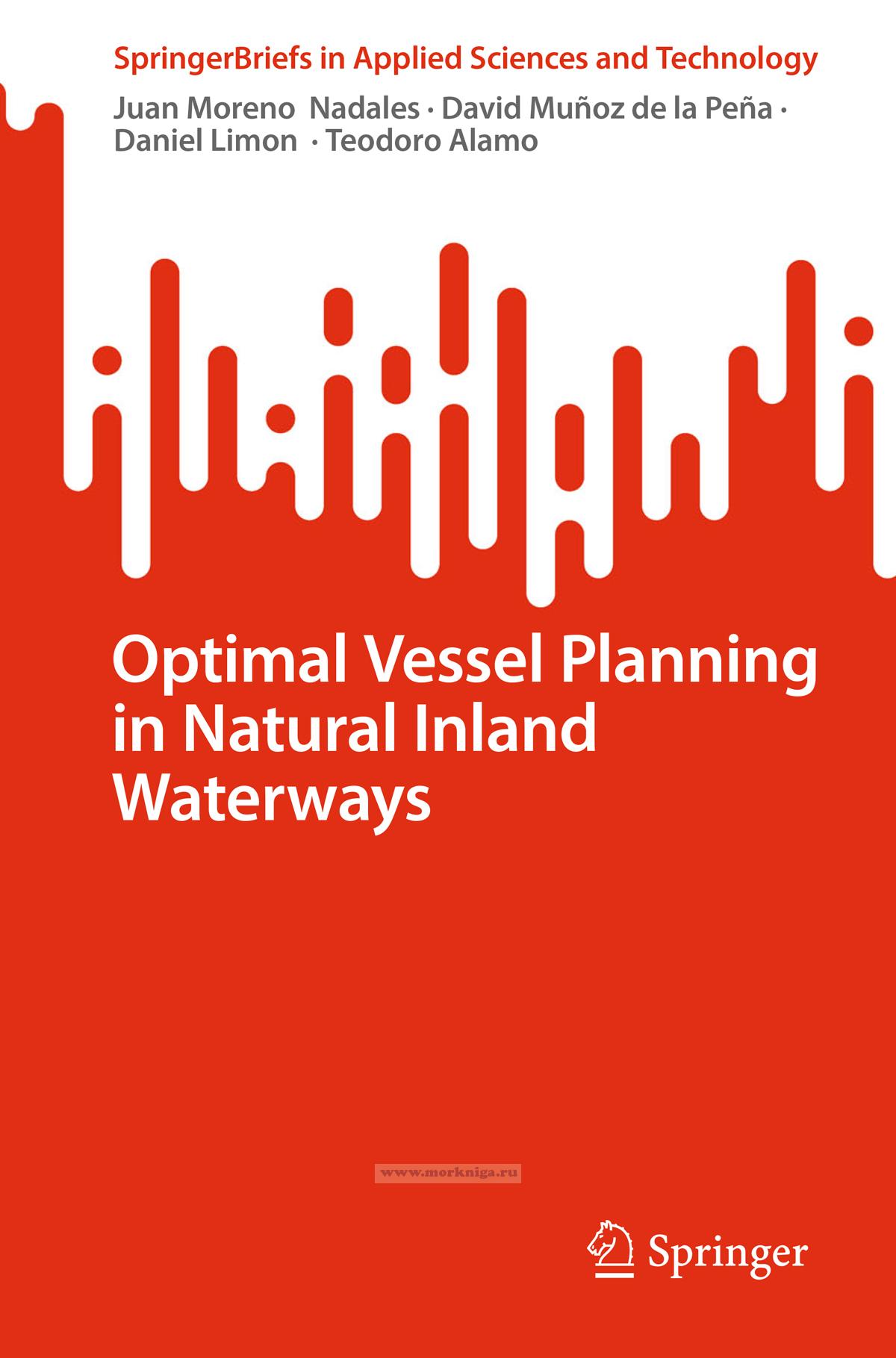Optimal Vessel Planning in Natural Inland Waterways
Издание на английском языке
This book is an essential guide to optimal and safe navigation planning in inland waterways. The book’s comprehensive coverage includes: In-depth coverage of optimal planning, safety measures and economic considerations. Practical tools including images, diagrams, and algorithms for actionable solutions. Optimization methods for optimal navigation planning. Algorithms for safe navigation. Instructions for implementing a monitoring system and incident detection algorithms for real-time dynamic re-planning in natural inland waterways. Mitigation strategies for uncertainties and reducing navigation risks through real-time rescheduling. A fresh perspective on the dynamic world of inland waterway transportation. A practical guide for implementing the proposed algorithms in open-source software tools and cloud architectures. The book is essential reading for professionals and academics in logistics and maritime transportation.
Contents
1 Introduction
1.1 Introduction
1.2 Motivation and Objectives of This Book
1.3 Natural Inland Waterways
1.4 The Case of the Guadalquivir River
1.5 Background
1.5.1 Scheduling in Natural Inland Waterways
1.5.2 Safety-Oriented Rescheduling in Natural Inland Waterways
1.6 Organization of This Book
References
2 Scheduling Vessels in Natural Inland Waterways
2.1 Introduction
2.2 Problem Formulation
2.3 Safe Tubes Calculation Algorithm
2.4 Optimal Trip Planning
2.4.1 Cost Function
2.4.2 Speed Constraint
2.4.3 Tube Constraints
2.4.4 Encountering Constraints
2.4.5 Optimal Scheduling Problem
2.5 Case Study
2.6 Conclusions
References
3 Safety-Oriented Rescheduling in Inland Waterways
3.1 Introduction
3.2 Problem Formulation
3.3 Incident Detection and Identification
3.4 Rescheduling Strategies
3.4.1 Isolated Rescheduling
3.4.2 Global Rescheduling
3.4.3 Multi-objective Rescheduling
3.5 Case Study
3.6 Conclusions
References
4 Practical Implementation of Scheduling Tools
4.1 Introduction
4.2 Tool Overview
4.2.1 Tool Schema
4.3 Software Architecture
4.3.1 Cloud Database
4.3.2 Safe Tubes Calculation
4.3.3 Planning Module
4.4 Simulation Results
4.5 Conclusions
References
5 Conclusions

